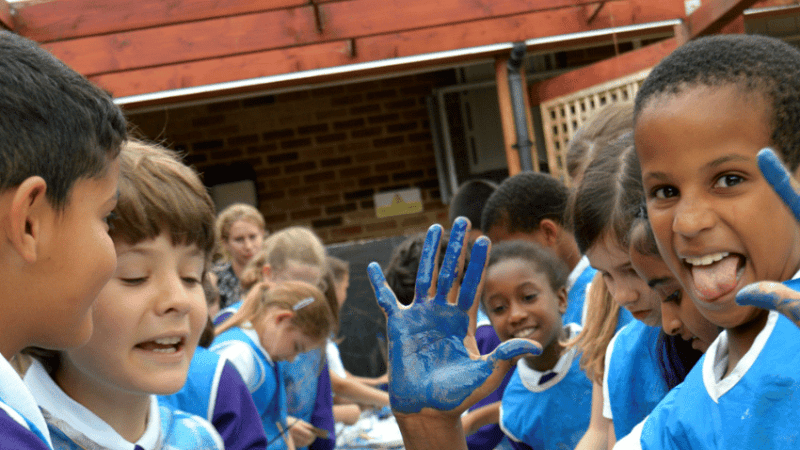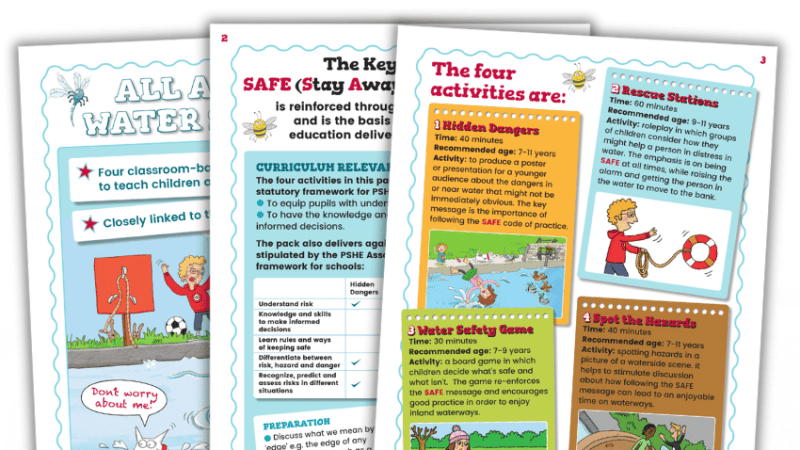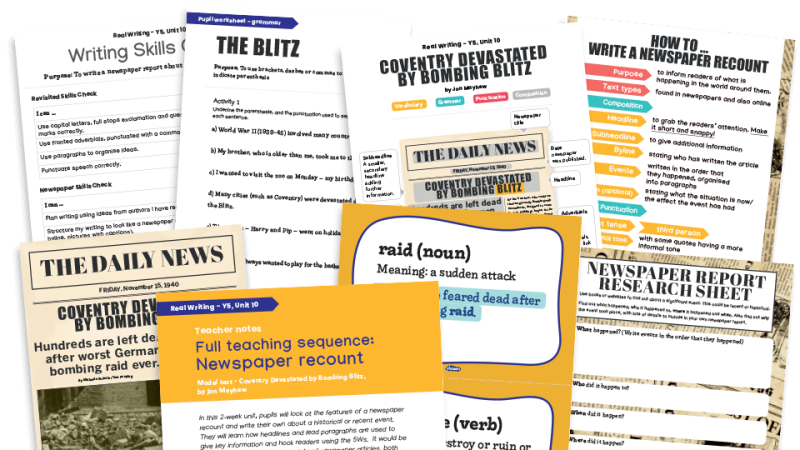E-learning Journals – Why it Pays to go Paperless in the Early Years

Software-based systems require you to make an initial investment of time and money, but they can do wonders for parental engagement, says Sarah Steel…

- by Sarah Steel

For many years we lovingly created scrapbooks for every child at nursery, cutting and sticking in photographs and handwritten notes. Parents loved having them as a record of their child’s time at nursery, but about five years ago we started looking around at the then ‘new’ alternative e-learning journals.
We were mainly interested in their time-saving potential, as we were becoming increasingly concerned at how long staff were spending on learning journeys, not to mention the difficulties around quality control with such individual creations (some were amazing, but some were full of misspellings and the quality was generally very mixed).
The real ‘Eureka’ moment was when we reflected on the role of the practitioner within the EYFS: was it to support children with learning and development and track their progress, or was it to spend hours cutting out photos and matching them with development statements, so that parents would have a nice keepsake?
Taking the plunge
At this point, we dipped our toe in the electronic water and trialled Tapestry at our Filkins Nursery. Louise, our manager, was keen to see how the system would work, and was really behind the implementation.
We asked her deputy manager, Lynda, to oversee the project, and she has gone on to support other settings across our group as they too have adopted e-learning journeys.
There was initially some resistance to the technology – there were comments from parents, but the reservations were mostly from staff, who thought it was a shame that children would leave without a scrapbook of their time at nursery.
We also had some staff who were not ‘digital natives’ and were a bit hesitant about the tablets and laptops we would have to use. How would they share tablets? Could they get their heads around the software? Would staff constantly have their head in a device?
Louise and Lynda devised a really good system to introduce the whole team to the software and set up a trial child on the system; staff then spent several weeks recording observations about this fictional child, until everyone was happy with how to make observations and find their way around the system.
They then loaded all our children onto the new system, and spent a whole half term making observations on the children, before parents were invited to join.
This meant that when parents first logged on, their account was live, there were several observations about their child, and they could see how it was going to work.
The team spent a lot of time reflecting on how the new system was working and made adjustments as they went. They agreed the number of observations per week they would aim for, and to start with, the manager and deputy approved all observations before they were released to parents.
This is really important for quality assurance and it may take some time before you decide you are happy with some or all of your team posting live to parents.
As with many pieces of software, e-learning journal systems are only as good as the information you put into them. You do need to agree on a set of guidelines before you embrace any new software and be ready to review it and make changes.
The benefits
So, what have the benefits been to us? Well, despite our initial assumption that it would save staff time, the biggest benefit has been an increase in parental engagement.
Those parents who fly in and out at handover time, due to busy lifestyles, are far more likely to find 10 minutes at home in the evening to log on and have a look at what their child has been doing.
The child who always answers questions about their day with, “I can’t remember” or “I don’t know,” will have a record that their parents can see which might showcase something that they have done during the day, or a trip the nursery has made during the week.
We found that even the ‘hardest-to-reach’ parents who are social media-savvy would look at Tapestry and comment. Some of them were reluctant to engage at first, but we would invite them into the office, help them download the app and get them all set up as their child was settling in, so they were ready to go.
The downsides
And the disadvantages? As well as the annual subscription to the software provider, you do need to have several tablets to use the system well.
We have at least two per room and are still constantly working out the best value on the market (which hardware survives nursery abuse without costing too much – our current favourite is from Acer).
You also need a laptop for easy editing and cohort tracking. You do need to make sure that everyone has a chance to play around with the software whilst they are not with the children; there is nothing worse than walking into a room in nursery and seeing someone focused intently on a tablet and ignoring the children.
The new normal
At the end of children’s time at nursery, we use the software to produce a transition report – some local authorities still ask for their own lengthy document, but we have started sending just the summative assessment from Tapestry.
We also save the entire learning journey onto a logo’d memory stick as a gift for each parent – so whilst they don’t have a lovely scrapbook to keep, they do have a digital version that they can share with relatives, especially those who may be overseas.
Parents whose children start nursery now don’t know that there was ever a paper alternative, and they all rate the interactions provided by the software highly, as it really improves communication.











